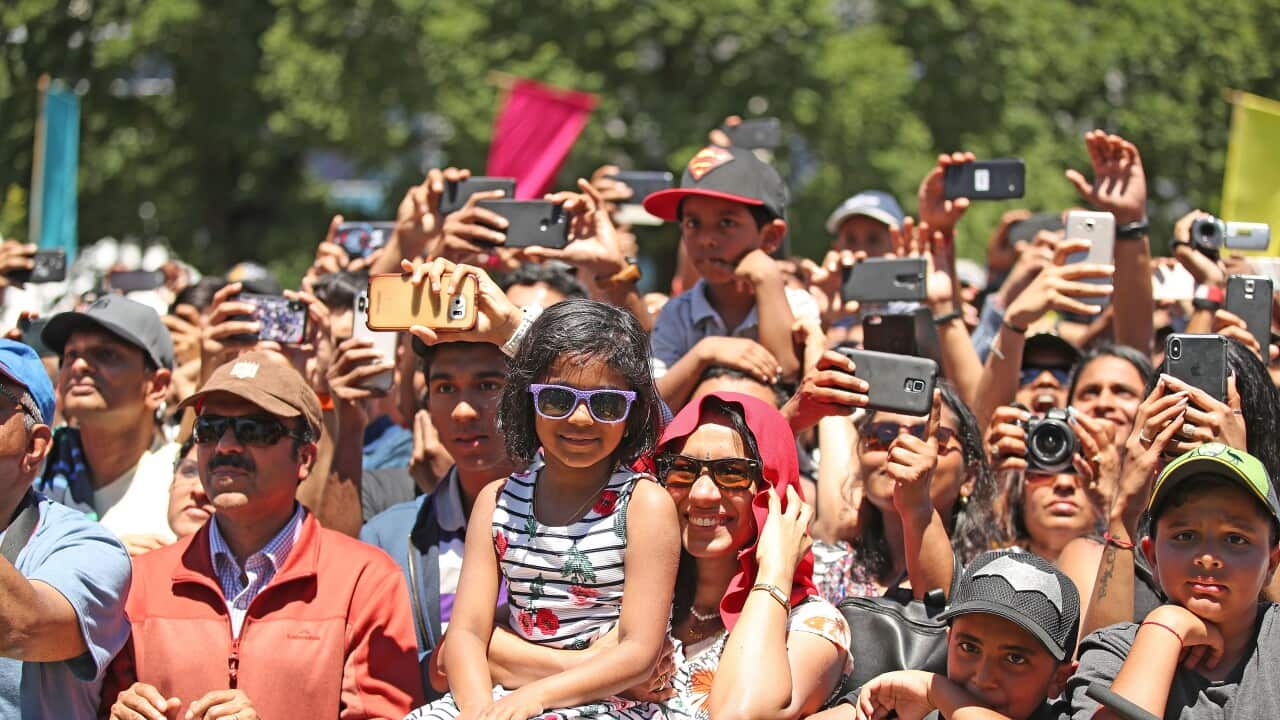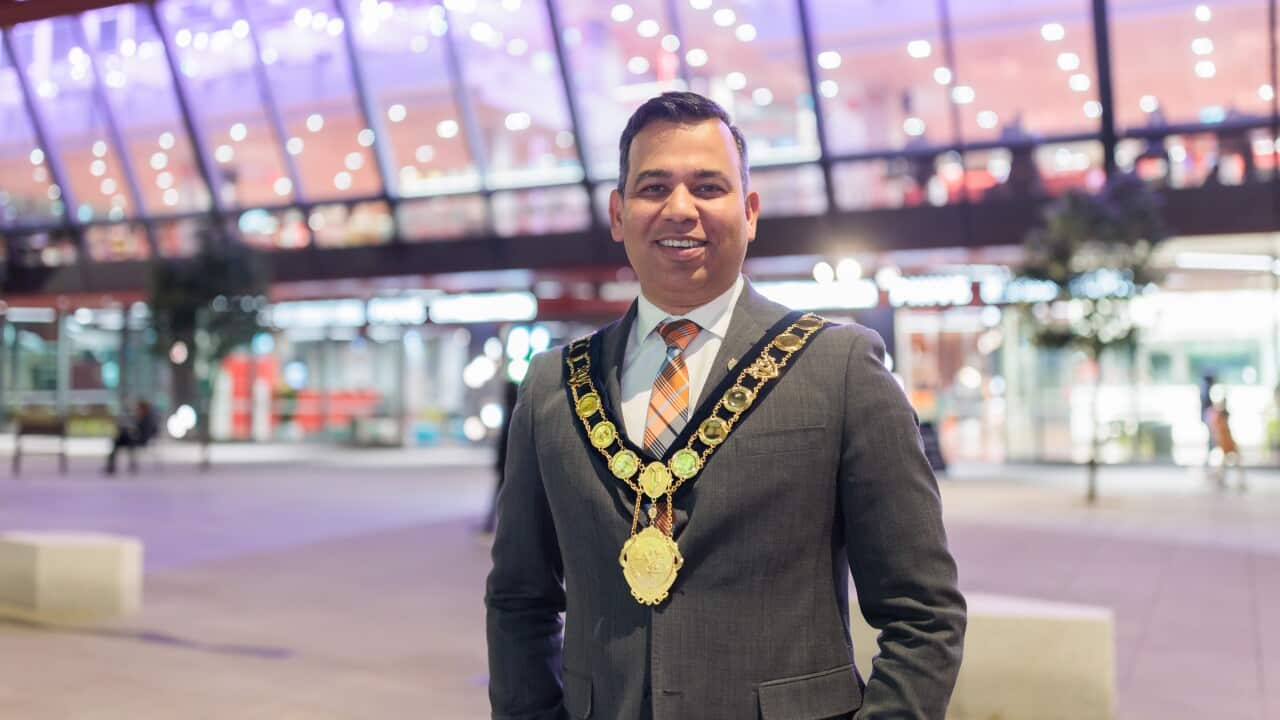Key Points
- A recent study indicates that India and, to a lesser extent, West Africa, appear to be hot spots for crowd accidents.
- Despite the relative lack of crowd accidents in Australia, experts warn event organisers and attendees not to be complacent.
- Experts are proposing a ‘Swiss Cheese’ model aimed at reducing deaths and injuries down to zero in future.
The research, based on press reports of 280 crowd accidents, found that their frequency has increased over the past 120 years.
The findings, by lead author Project Associate Professor Claudio Feliciani from the University of Tokyo and Dr Milad Haghani from the University of New South Wales (UNSW), are now featured in the Safety Science journal.
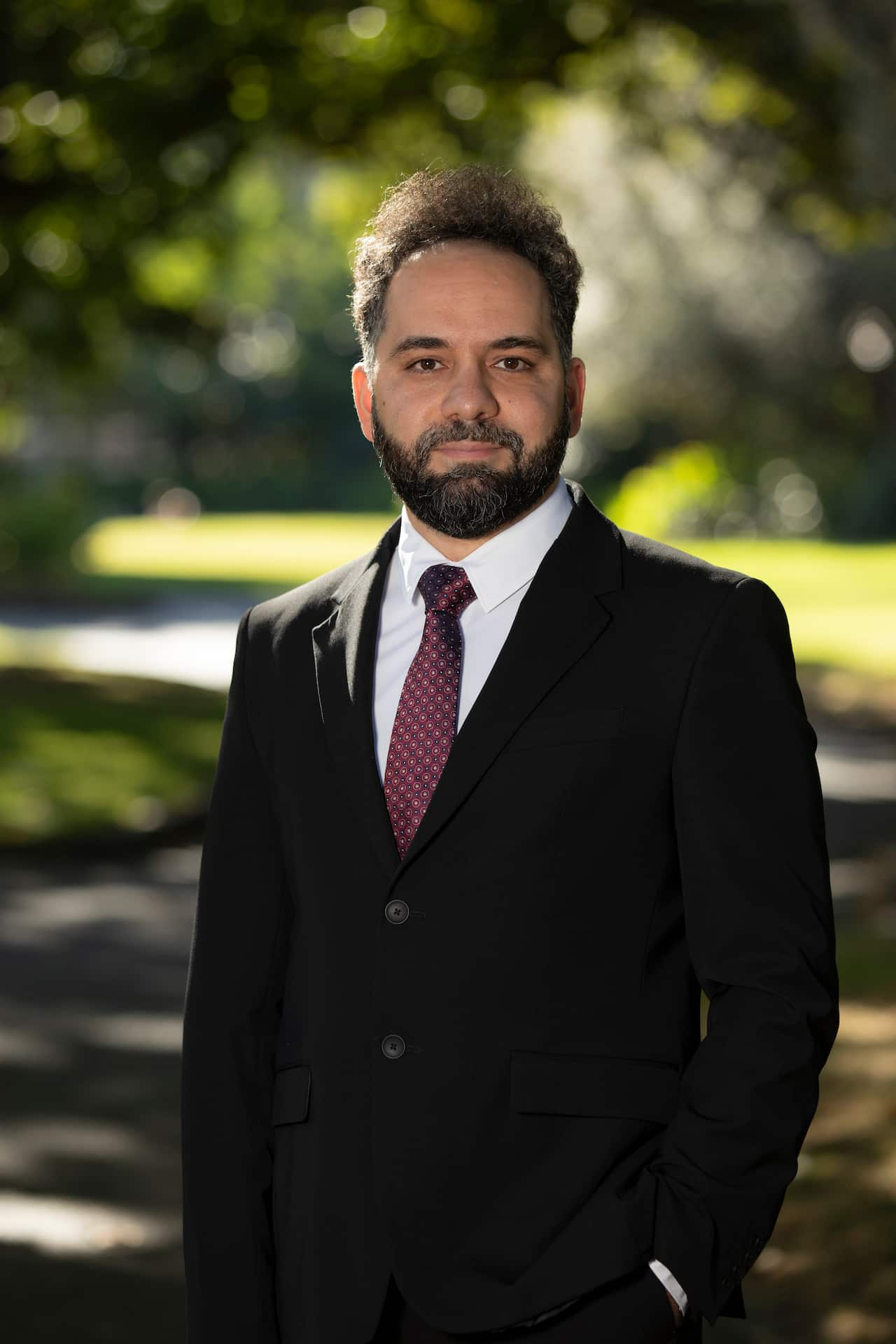
Milad Haghani, Senior Lecturer at UNSW in Sydney. Credit: Photo supplied by Milad Haghani
Crowd management incidents happen when you least expect them, so we should not be complacentDr Milad Haghani UNSW
He cited last year's Halloween crowd crush in South Korea that resulted in 150 deaths as an example of a tragic incident occurring in a country with an almost clean record in terms of crowd deaths in the years prior.
"We had several near misses during New Year celebrations last year and a number of other cases in Australia ... we are trying to learn from them and we do not want those incidents to turn into deadly disasters," Dr Haghani said.
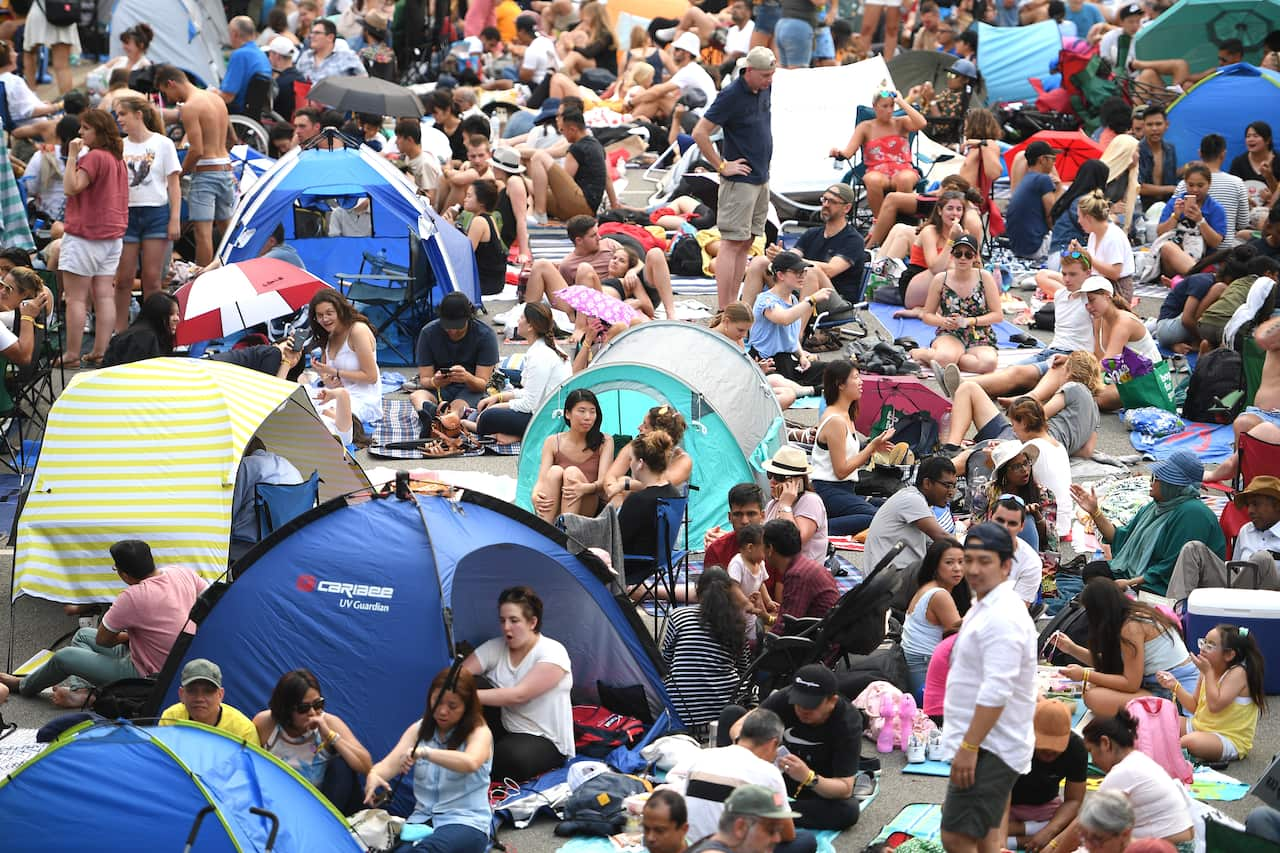
Revellers gather at Kirribilli during New Year's Eve celebrations in Sydney, Source: AAP / CITY OF SYDNEY - DAN HIMBRECHTS/AAPIMAGE
Still, he is calling for an increased level of education for professionals and attendees at public events, particularly in places where more incidents occur.
His study indicates that India and, to a lesser extent, West Africa "appear to be hot spots for crowd accidents".
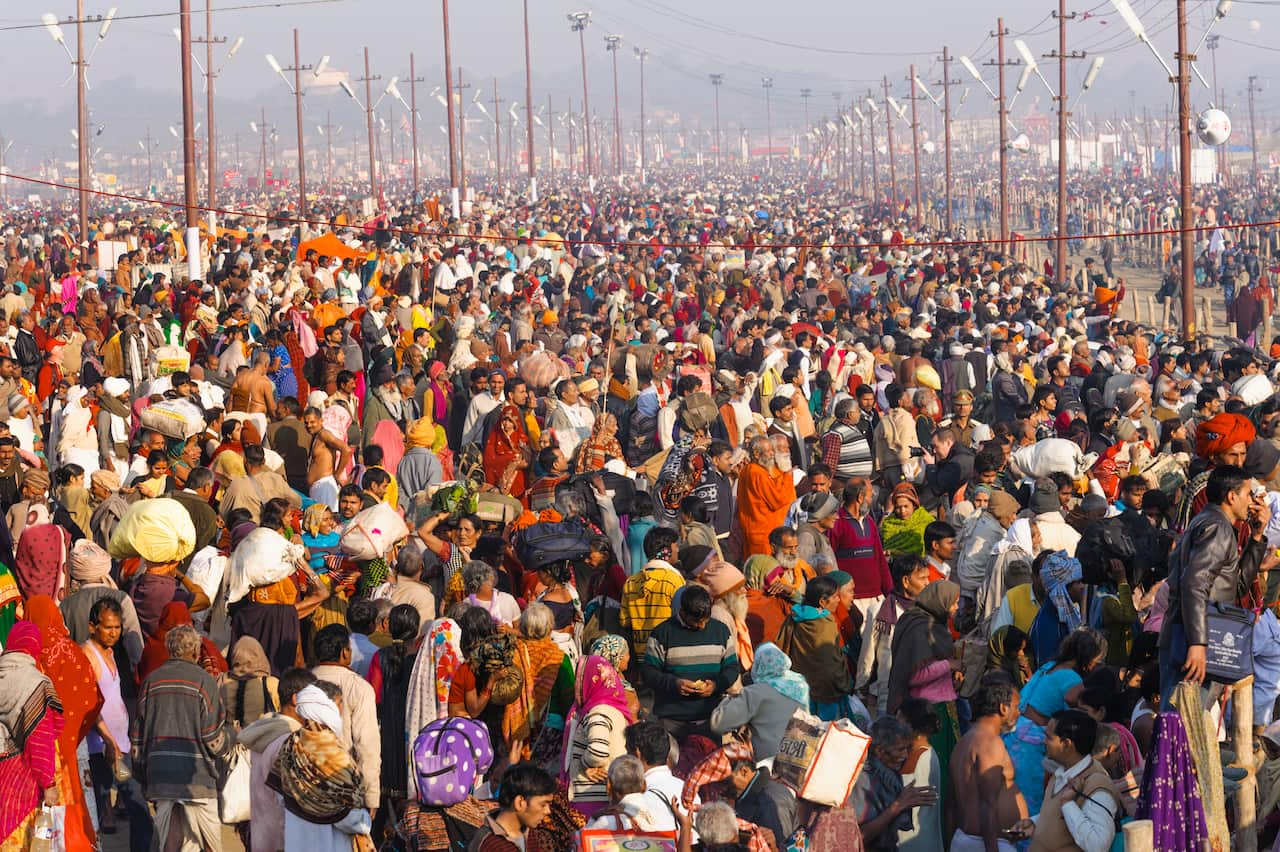
Crowds of religious pilgrims during the Kumbh Mela festival held in 2013. Credit: Alison Wright/Getty Images
He explained that almost 70 per cent of the accidents which occurred in India between 2000 and 2019 were related to religious events, with many close to rivers or other bodies of water.
Dr Haghani suggested a 'Swiss cheese model' as a possible solution. This system incorporates many safety protection layers, including regulations and policy-making, planning and risk assessment, operational control, community preparedness and incident response.
"Like Swiss cheese, there could be some holes but by raising awareness, it is possible to prevent life-threatening outcomes even when other layers of protection may fail".
To achieve this, he said safety education programs in schools could help increase knowledge levels over time.
“In Australia, we have swimming safety lessons for school kids and students. I have been advocating that we can add crowd safety to that and the same thing can happen in India,” suggested Dr Haghani.
Dr Haghani recently hosted the Crowd Safety Summit at UNSW on 22 and 23 May.
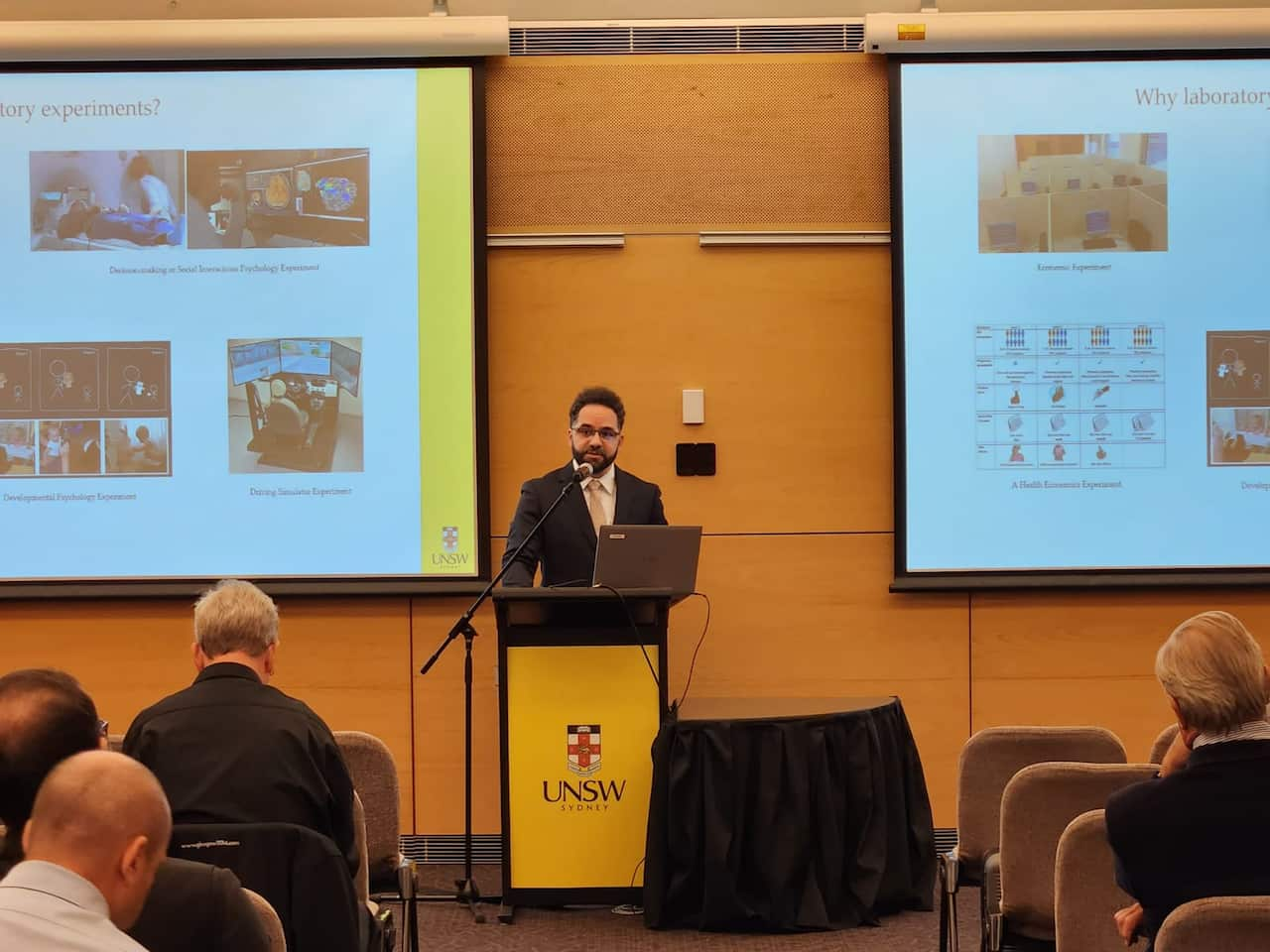
Dr Milad Haghani addresses the Crowd Safety Summit Australia in May 2023. Credit: photo supplied by Milad Haghani.
As Australia's fastest-growing migrant community, the surge in the Indian population has seen Indian cultural festivals becoming part of the Australian mainstream.
The festival of Diwali, for example, is no longer a private affair between families and temples, it is now a significant celebration with numerous public celebrations held around the country. The number of people attending these popular events can range from 50 to 50,000.
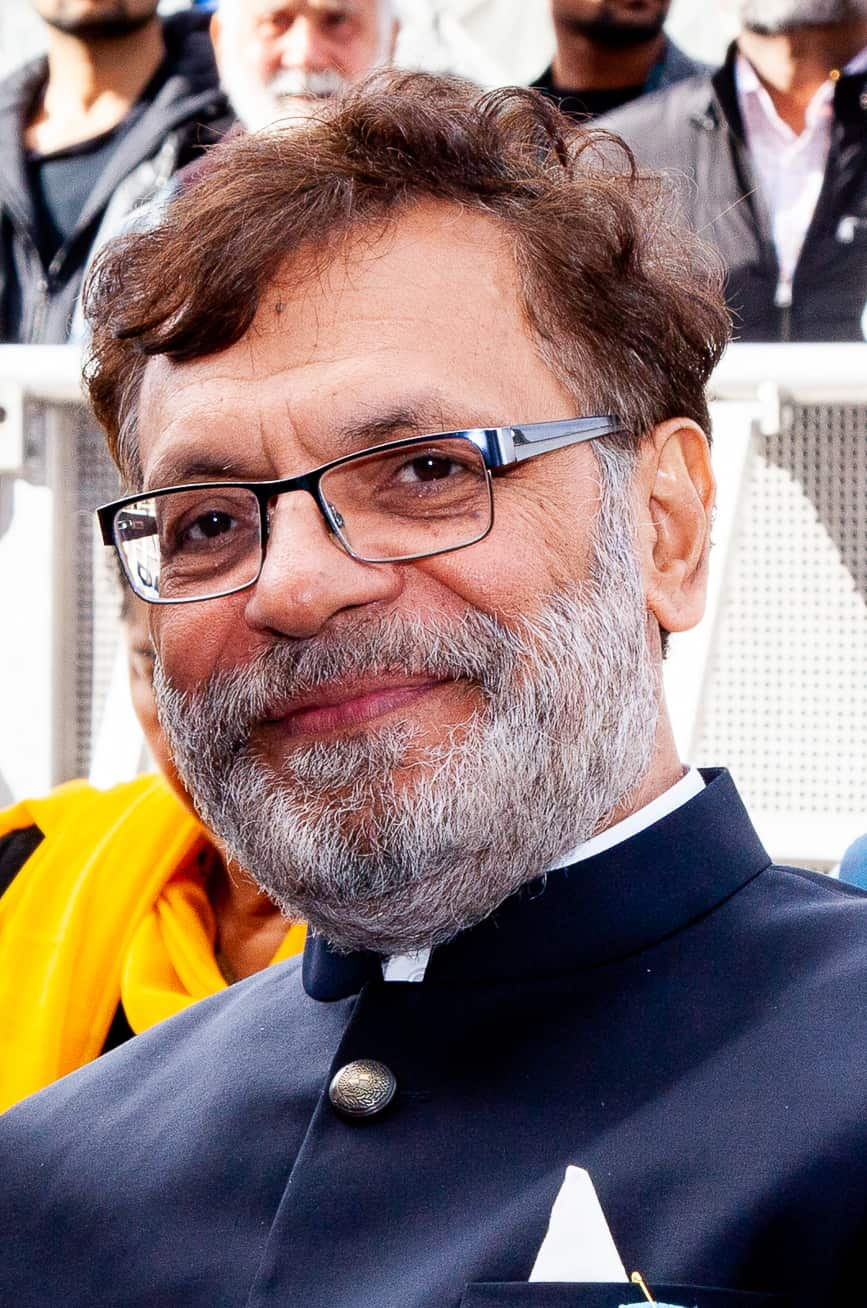
Celebrate India Chairman and Festival Coordinator Arun Sharma at the Diwali 2022 event held at Federation Square. Credit: Supplied by Arun Sharma
Celebrate India has been holding Diwali celebrations in Melbourne's Federation Square for the past 17 years.
In October 2022, over 40,000 people attended the festival.
Mr Sharma said the need for crowd management was directly related to Victoria's population growth.
When we started in 2006, a team of around 20 marshals was sufficient to manage the crowd, however, as the numbers have grown, so have the challenges, so we started hiring professional security.Mr Arun Sharma Chairman of Celebrate India Inc.
He said even though hiring security was getting increasingly expensive, it was crucial to maintaining a safe environment.
He shared that his organisation also proactively approached local police for support as their presence at public events worked as an effective deterrent to crowd misbehaviour.
Vasan Srinivasan, CEO of Mental Health Foundation Australia, who organises multiple community events in Australia, agrees that strategic planning is required to ensure public safety during events.
"Unfortunately, some organisers always look for shortcuts and ways to save money, while some use unlicensed security at events," he said.
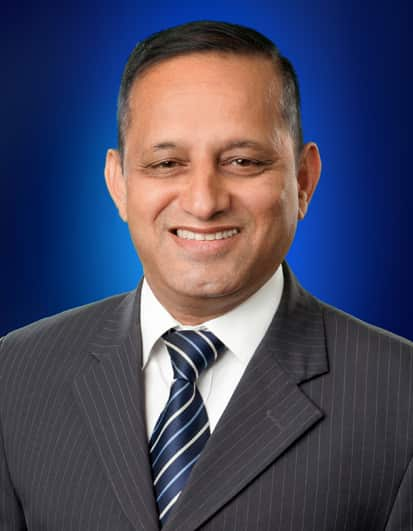
Community leader Vasan Srinivasan, CEO of Mental Health Foundation Australia. Source: SBS / SBS Punjabi
He advises anyone in the community wishing to hold large gatherings to consider all aspects from a crowd perspective, from toilets and water and volunteer guides to public liability insurance.
I understand that with the increase in numbers, the Indian community wants to hold big events but they need to have a strategy in place and start planning well in advance.Vasan Srinivasan, community leader
Muhammad Hasan, from Mission Security Services in Melbourne, said he had observed a change in crowd behaviour post-COVID-19 pandemic.

Muhammad Hasan, Business Manager and Owner of Mission Security. Credit: photo supplied by Muhammad Hasan.
Previously, he observed that all responsibility sat with security or police, but nowadays he said the general public also took an interest and informed them of any suspicious activities or behaviour.
Mr Hasan, however, said that just because Australia has a good safety record, doesn't mean people should lower their guards.
He urged people to read and research local security issues in their areas and continue to make safety a priority.
Share
